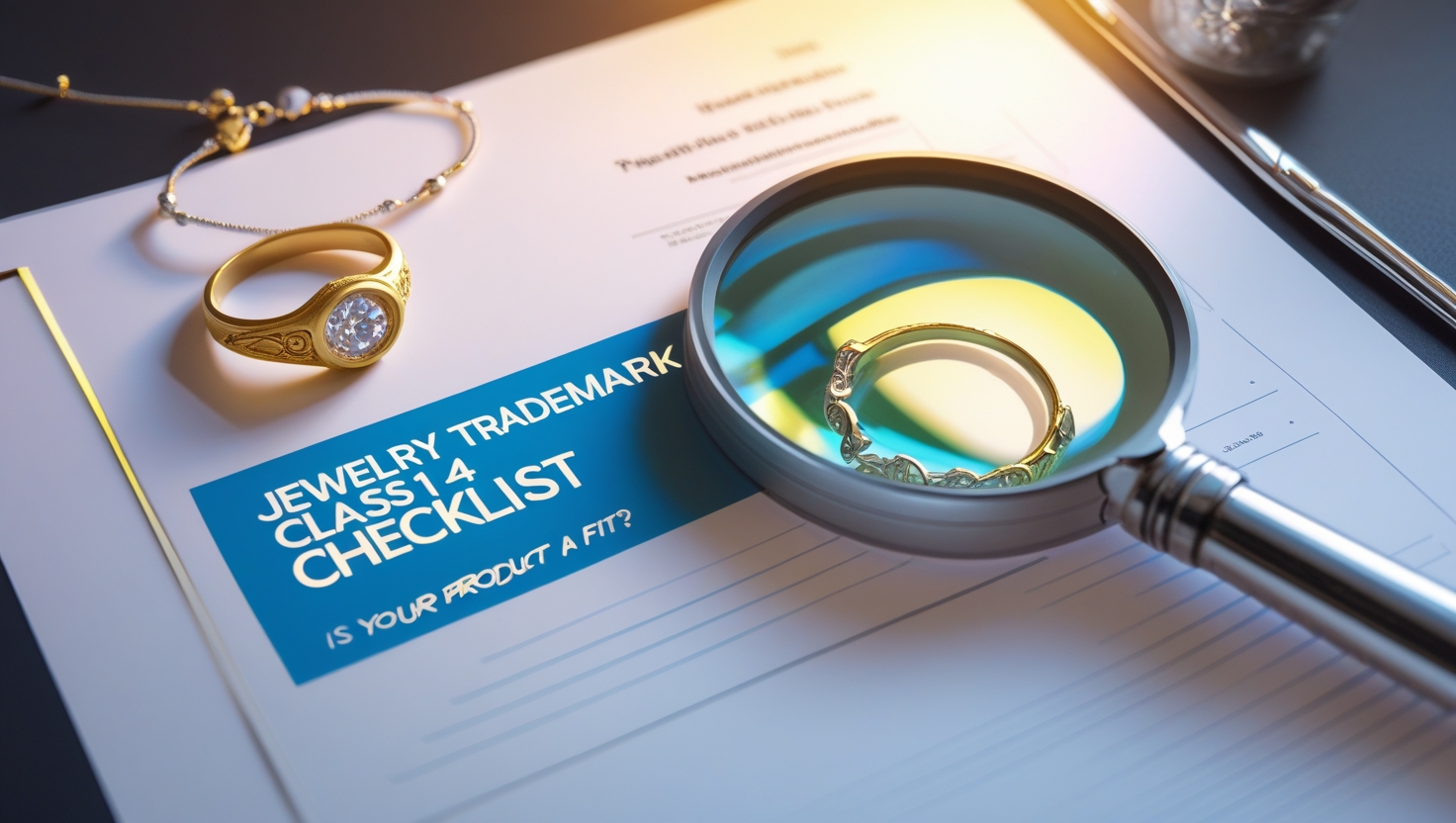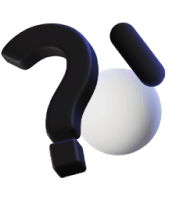Introduction
Choosing the correct trademark class for your product is a critical yet often overlooked step. For jewelry entrepreneurs, selecting Trademark Class 14 is vital—but not always obvious. Class 14 covers jewelry, precious metals, gemstones, and timepieces. Using the wrong class can lead to wasted fees, delays, or even legal complications. This guide provides you with a thorough checklist to determine if your product fits into Class 14 and what steps you should take.
1. Understanding Trademark Class 14
Trademark Class 14 applies to products including:
- Precious metals (gold, silver, platinum)
- All types of jewelry — necklaces, rings, bracelets, and imitation jewelry
- Precious and semi-precious stones — diamonds, rubies, emeralds
- Watches and clocks
- Cufflinks, tie clips, pendants, and jewelry-related accessories
If your item includes any of these materials or comes under these categories, it’s a candidate for Class 14.
2. First Cut: Is Your Product Intentionally Crafted from Precious Metals or Gems?
Use this self‑check to determine if your product belongs in Class 14:
- Does it contain gold, silver, or platinum?
- Is it made of precious/semi-precious stones?
- Is it primarily decorative or ornamental?
- Is the product shaped or styled as a piece of jewelry or watch?
If you answer “yes” to one or more, move on to the next section.
3. Product Scenarios and Class 14 Fit
✅ In Scope (Class 14):
- Solid gold or silver rings, chains, bracelets
- Gemstone pendants or diamond earrings
- Luxury timepieces and smart/analog watches
- Costume jewelry made with imitation gems
- Jewelry boxes made of precious materials or designs
🚫 Out of Scope:
- Plain metal accessories (like aluminum bracelets) without precious classification
- Enamel-only products without precious metals
- Non-jewelry fashion items (bags, footwear)
- Plastic-imitation jewelry lacking precious metal element
If your product fits in the ✅ column, you likely need Class 14. If it’s in the 🚫 column, consider investigation into other classes.
4. Intersection With Other Classes
Some products may straddle categories:
- Smart wearables (e.g., fitness rings with electronic components): may also require Class 9 protection.
- Branded tech embedded jewelry (e.g., NFC-enabled pendants): combination of Class 14 (jewelry) and Class 9 (electronics).
- Retailers selling jewelry online: may need Class 35 in addition to Class 14.
Tip: list all business use cases and consult a trademark professional for multi-class filings.
5. The 8‑Point Fit Checklist
Use this quick checklist before filing:
- Material: Is the product made of precious metals or stones?
- Function: Is it decorative or designed for wear?
- Design Intent: Was it created as jewelry or a timepiece?
- Primary Use: Is the product marketed as luxury or ornamental?
- Component Material: Do components like clasps or chains meet precious-metal standards?
- Product Range: Are there variants (e.g., gemstone vs plain metal)?
- Complementary Items: Includes packaging, tags, or special boxes?
- Device Inclusion: Is there a logo or design to protect separately?
If most answers are “Yes,” your brand likely needs Class 14 protection.
6. Why Correct Classification Matters
- Avoids unnecessary fees: Filing in wrong class adds cost.
- Speeds up application: Clear classification reduces objections.
- Ensures enforceable rights: Mandates correct legal scope for protection.
- Prevents referral delays: Trademark offices often redirect incorrect class filings.
Mistakes here can delay your startup launch by months.
7. Filing Strategy for Jewelry Entrepreneurs
A. Trademark Searches
- Run searches in Class 14 portal for names, logos, designs.
- Avoid generic term-heavy names.
B. Multi-Class Consideration
If your brand overlaps (e.g. jewelry + smart tech), file in both Class 14 and Class 9 or 35 simultaneously.
C. Describe Precisely
- Use precise language: “sterling silver hoop earrings,” “gold-plated wristwatches.”
- Be specific about variants: gemstone earrings vs plain metal earrings.
D. Choose Elements Carefully
Decide to register:
- Wordmark (brand name)
- Device/Image (logo)
- Tagline, packaging, product shape if distinctive
Each element needs clear description in the filing.
8. Post‑Registration Checklist
- Use ® symbol after obtaining registration.
- Monitor the market for misuse.
- Enroll in platform brand programs (Amazon Brand Registry, Flipkart) using trademark proof.
- Maintain trademark use records—invoices, tags, website pages, packaging.
- Prepare for renewal by Year 9.
9. Scenarios That May Surprise You
- Customized engagement rings: yes, Class 14
- Smart jewelry (wearable tech): yes, plus Class 9
- Luxury watch straps (leather): yes, but might also overlap with Class 18
- Jewelry cleaning kits: likely Class 3 or Class 21 depending on materials
- Jewelry repair services: Class 40, not Class 14
Understand your product fully—this prevents rejection.
10. Expert Tip for Jewelry Startups
- Prioritize Class 14 if your core product is jewelry/timepieces.
- Evaluate ancillary products (e.g., boxes, cleaning tools) to assign correct class.
Conclusion
Trademark Class 14 is key to legally safeguarding your jewelry brand. This checklist ensures your products are correctly classified and protected. Spend time vetting material, design intent, use case, and product variations. A correct trademark strategy builds trust, supports e‑commerce capabilities, and fortifies your brand’s future.
Need help determining where your product belongs?
At VMK Professionals, we specialize in helping jewelry entrepreneurs like you:
- Assess product portfolios
- Conduct clearance searches in multiple classes
- File multi-class applications accurately
- Manage renewals and brand monitoring
Protect your product in the right category—Contact us today for a free evaluation!


